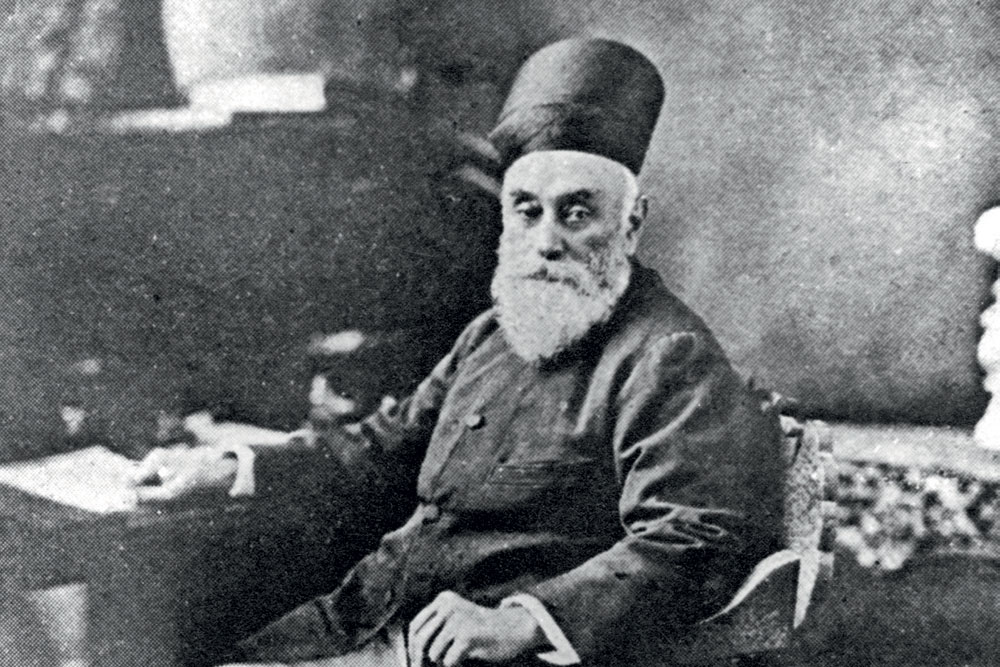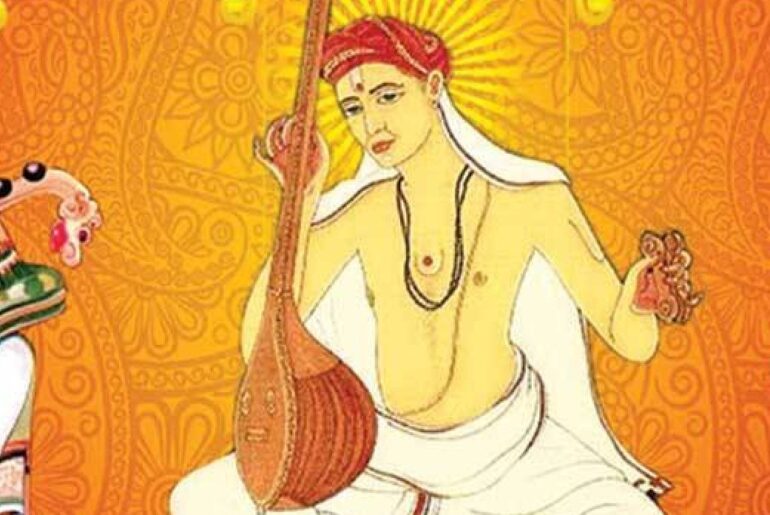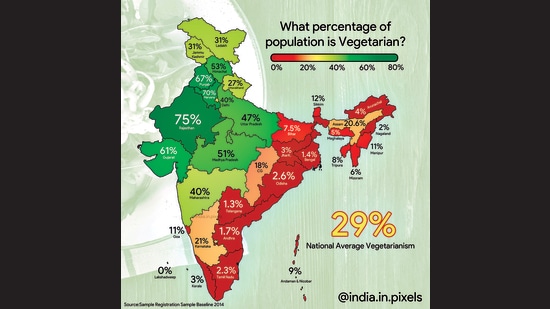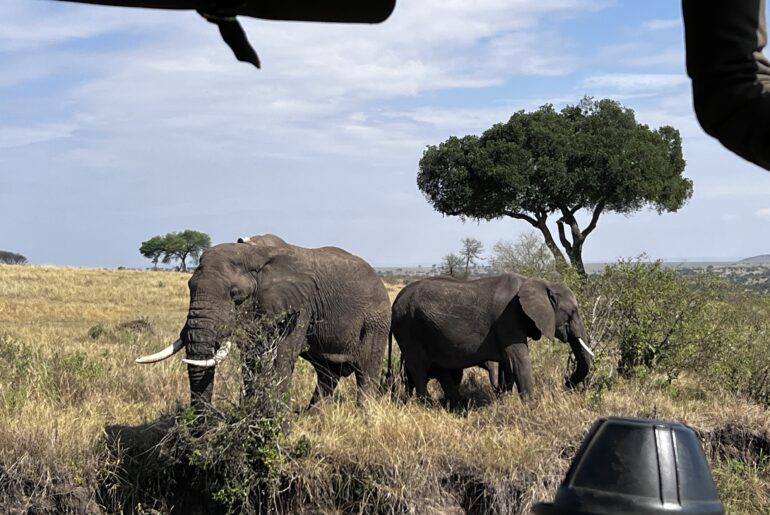I have been reading, with great interest, the path that the Gates and Warren Buffett are taking and encouraging their billionaire bretheren to take — apparently trying to pull together some $600B in additional giving. Clearly, they have the aggregation issue figured out — pooling money gives you disproportionate power to get things done. The Gates have also been experimenting with “venture philanthropy,” with the goal of transitioning from merely writing checks to trying to drive outcomes. Its not so clear that they have this one figured out….
As I have sporadically read the articles on the topic and seen folks in the non-profit world worry about a flood of money causing “inequities” among the recipients, my mind keeps going back to a rather simple and efficient model that I benefited from some 2 and a half decades ago.
The J N Tata Endowment was set up in 1892 by Jamsetji N. Tata, the Founder of the Tata group, to enable Indians to be educated in the best institutions in the world. About 120 “J N Tata Scholars” are identified each year and awarded scholarships that enable them to attend the best schools in the world.
What is different about the JN Tata Scholarship is that it is a “loan scholarship” – the recipient is awarded a “scholarship” that he/she has to pay back! (The Endowment has the Scholar obtain and service a life insurance plan as the collateral till he/she pays the scholarship amount back <in a few years after graduation>.) By taking this path, the Scholarship is meeting its goals of helping Indians get educated at the best schools and maintaining its endowment in perpetuity.
While it is clear that the risk of loan forfeiture is low with such a carefully picked population, the business model is appealing. Pick a specific area you want to impact, ensure you can have that impact, invest the minimal amount required to meet the end goal, control your risks,and turn your assets over as quickly as you can. For these reasons, I can argue that this philanthropic model is conceptually similar to the micro-finance/Yunus/Grameen Bank idea.
What is not clear to me is how scalable this model is. Can one give a “loan grant” to a hospital in sub-Saharan Africa? What would the collateral be? And what is driving the hospital team to want to be successful??
I guess the only good news is that this is a hypothetical problem — one I don’t need to deal with since there’s one heck of a gap between Mr Gates’ wealth and mine!! Let me know if you have had to deal with this challenge and what you have done. Or, if you had the money, what you would consider doing!










